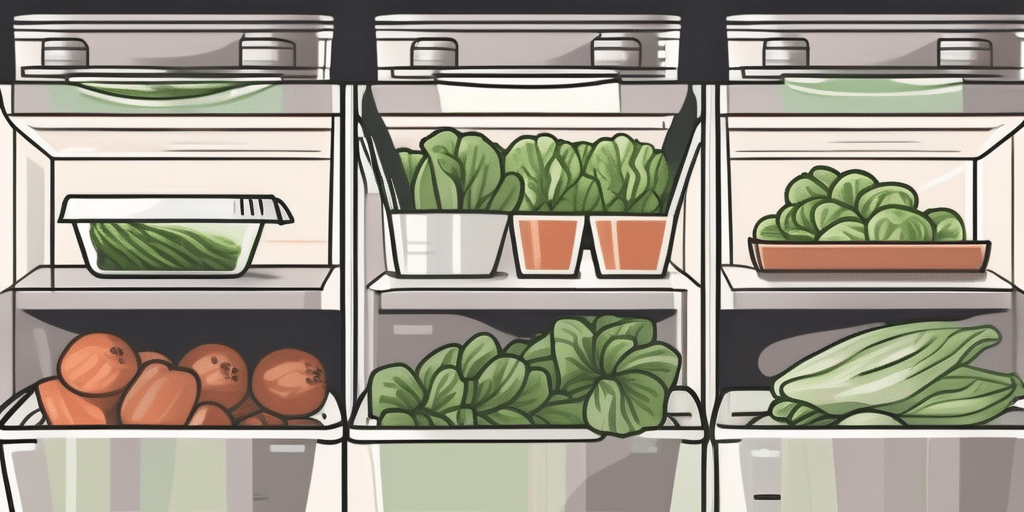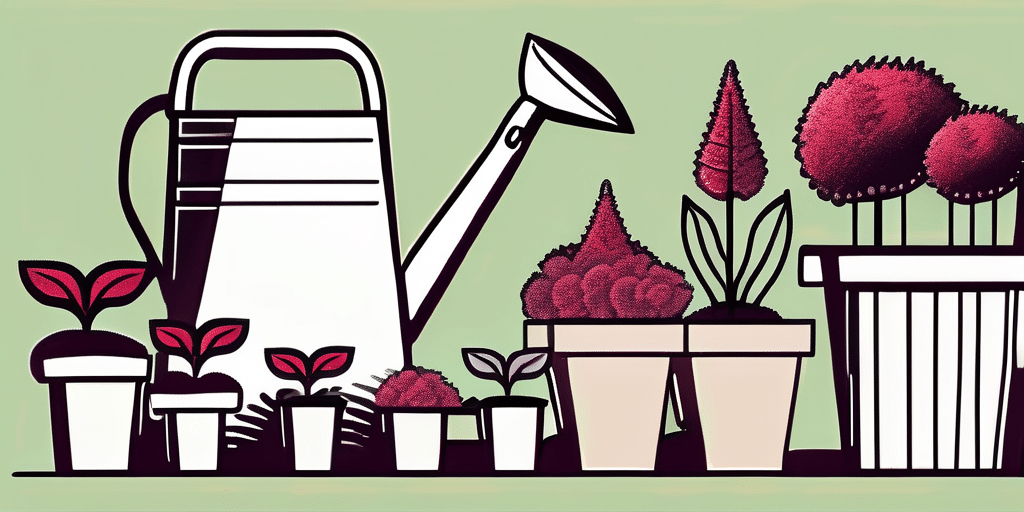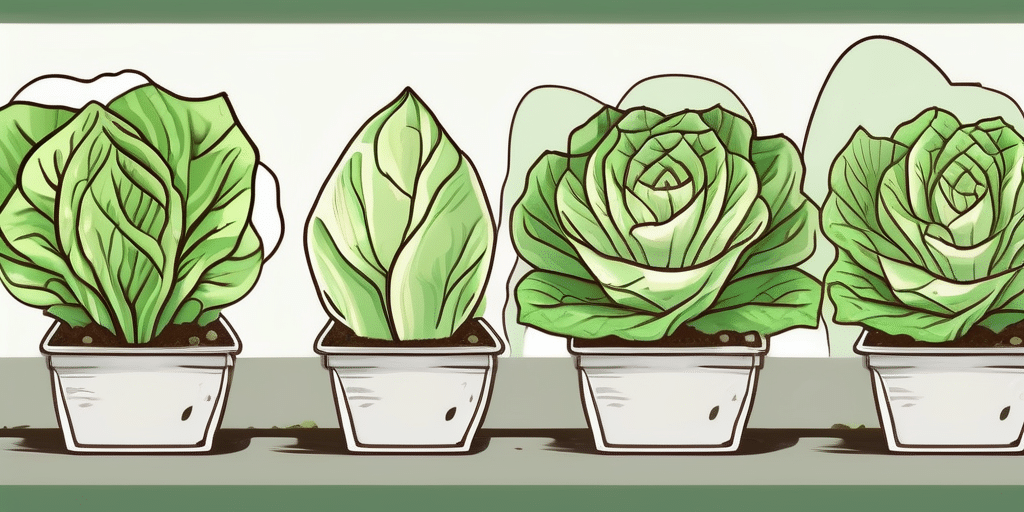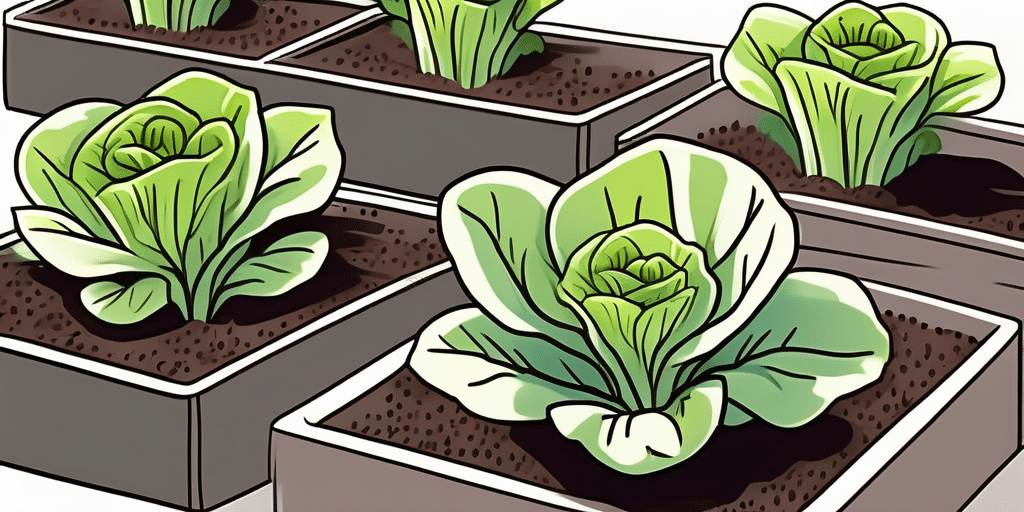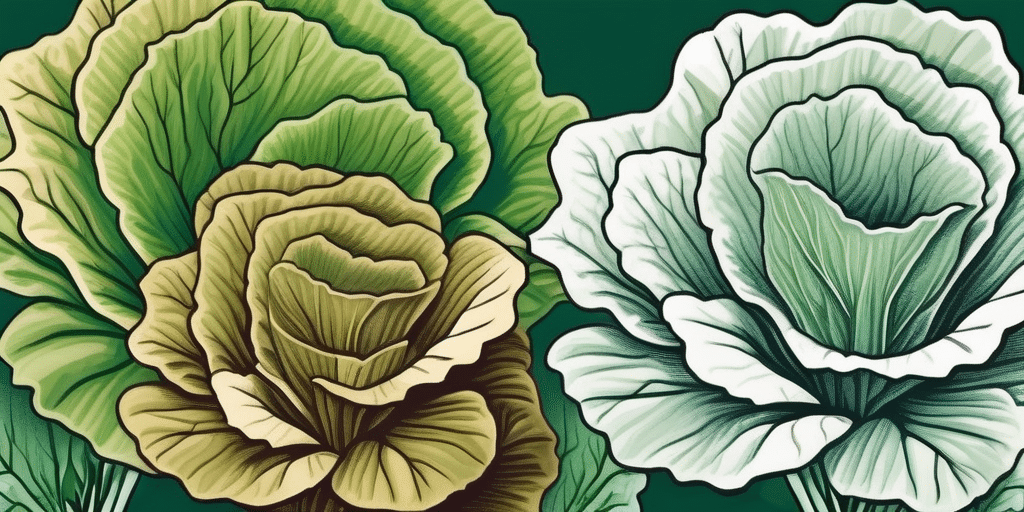Are you a Missouri gardener looking to grow speckled lettuce? You’re in the right place! In this article, we’ll discuss everything you need to know about planting and growing speckled lettuce in Missouri. From the ideal climate and hardiness zones to planting and harvesting tips, we’ve got you covered. So, grab your gardening gloves and let’s get started!
Climate & Hardiness Zones in Missouri
Before you start planting speckled lettuce, it’s essential to understand the climate and hardiness zones in Missouri. Fortunately, Missouri has a diverse climate, with both hot summers and cold winters. The USDA hardiness zones for Missouri range from Zone 4a in the north to Zone 7b in the south. The state experiences a humid continental climate, characterized by hot, humid summers and cold winters.
Missouri’s climate is influenced by its geographical location in the central United States, which exposes it to a variety of weather patterns. The state is prone to severe weather events such as thunderstorms, tornadoes, and even occasional winter storms. These weather phenomena can impact gardening and farming practices in the region, making it important for growers to stay informed and prepared for any weather-related challenges.
Due to its diverse topography, Missouri also exhibits microclimates within the state, leading to variations in temperature, precipitation, and growing conditions. For example, the Ozark Mountains in southern Missouri can experience cooler temperatures compared to the flat plains in the northern part of the state. Understanding these microclimates can help gardeners and farmers make informed decisions when selecting plants and crops for their specific location within Missouri.
When to Plant Speckled Lettuce in Missouri
Now that we know more about Missouri’s climate, let’s talk about the best time to plant speckled lettuce. Generally, speckled lettuce is a cool-season crop and thrives in temperatures between 45°F and 75°F. Lucky for you, Missouri’s climate allows for a longer growing season, providing ample opportunity for successful cultivation.
For an early spring crop, you can start planting speckled lettuce indoors 4 to 6 weeks before the last frost date. Ensure that you use seed trays or containers with adequate drainage and high-quality potting soil. Transplant the seedlings outdoors once the danger of frost has passed.
Alternatively, if you prefer a fall crop, you can directly sow speckled lettuce seeds in your garden around late summer to early fall. It’s important to note that lettuce seeds require light to germinate successfully, so avoid planting them too deeply. Simply scatter the seeds on the soil surface and gently press them down.
Speckled lettuce, also known as freckled lettuce or trout lettuce, gets its name from the beautiful speckled patterns on its leaves. These patterns not only add visual interest to your garden but also indicate high levels of anthocyanins, powerful antioxidants that provide numerous health benefits.
When selecting a location for planting speckled lettuce, choose a spot that receives partial shade during the hottest part of the day. This will help prevent the lettuce from bolting, a process where the plant prematurely produces flowers and seeds, leading to bitter-tasting leaves.
Remember to keep the soil consistently moist but not waterlogged to ensure optimal growth. Mulching around the base of the plants can help retain soil moisture and suppress weed growth, giving your speckled lettuce the best chance to thrive.
When to Harvest or Pick Speckled Lettuce in Missouri
After putting in the hard work of planting and tending to your speckled lettuce, it’s time to reap the rewards by harvesting. Harvesting lettuce at the right time ensures the best flavor and crispness. Here’s how you can determine when to pick your speckled lettuce:
- Check the days to maturity on the seed packet to get a rough estimate of when your lettuce will be ready for harvest. Speckled lettuce typically takes around 40 to 60 days to mature.
- Inspect the size and appearance of the lettuce heads or leaves. For speckled lettuce, look for fully developed heads or leaves that are vibrant green with red-speckled patterns.
- Gently squeeze the lettuce head or leaf. It should feel firm and crisp, indicating optimal maturity.
Once your speckled lettuce is ready to harvest, use a sharp knife or garden shears to cut the lettuce at the base of the plant. Avoid tearing the leaves, as this can cause damage and lead to quicker wilting.
When growing speckled lettuce in Missouri, it’s important to consider the local climate and weather conditions. Missouri experiences a variety of weather patterns throughout the year, with hot and humid summers and cold winters. Speckled lettuce thrives in cooler temperatures, so planting in early spring or late summer can help avoid the extreme heat of Missouri summers.
Additionally, to ensure a continuous harvest of speckled lettuce in Missouri, consider succession planting. By staggering your plantings every 2-3 weeks, you can enjoy a steady supply of fresh lettuce throughout the growing season. This method also helps prevent a glut of lettuce all at once, allowing you to savor the flavor of your homegrown speckled lettuce over an extended period.
Frequently Asked Questions
Now that you have the basics of growing speckled lettuce in Missouri, let’s address some frequently asked questions:
- Q: Can speckled lettuce tolerate heat? – While speckled lettuce prefers cooler temperatures, it can tolerate some heat. To protect your lettuce from scorching summer temperatures, consider providing shade using garden fabric or planting it in a location with partial shade.
- Q: How often should I water my speckled lettuce? – Lettuce requires consistently moist soil, but not waterlogged. Water your speckled lettuce regularly, aim to keep the soil evenly moist, and avoid letting it dry out or become too saturated.
- Q: Can I grow speckled lettuce in containers? – Absolutely! Speckled lettuce grows well in containers. Just make sure the containers have drainage holes, use a well-draining potting mix, and provide enough water and sunlight. Container gardening allows for greater flexibility and is an excellent option for gardeners with limited space.
- Q: Are there any pests or diseases I should watch out for? – Like other lettuce varieties, speckled lettuce can be susceptible to pests such as aphids, slugs, and snails. Keep an eye out for any signs of pest damage and take appropriate measures, such as using organic pest control methods or companion planting. As for diseases, lettuce is prone to fungal diseases like downy mildew or lettuce mosaic virus. Proper spacing, good air circulation, and keeping the garden clean can help prevent such issues.
Now, let’s dive a little deeper into the world of speckled lettuce. Did you know that speckled lettuce, also known as Freckles lettuce, is not only visually appealing but also packed with nutritional benefits? This unique lettuce variety is rich in vitamins A and K, as well as folate and fiber. Incorporating speckled lettuce into your diet can contribute to a healthy lifestyle and support your overall well-being.
When it comes to harvesting speckled lettuce, it’s essential to know the right time to pick those vibrant leaves. Generally, you can start harvesting speckled lettuce when the leaves reach a size that suits your preference. However, if you want baby lettuce, you can begin harvesting as soon as the leaves are large enough to enjoy. Remember to use a sharp knife or scissors to cut the leaves close to the base, allowing the plant to continue growing and producing more delicious leaves for you to enjoy.
Furthermore, if you’re looking to add a touch of variety to your speckled lettuce garden, consider companion planting. Companion plants can help deter pests, attract beneficial insects, and enhance the overall health of your lettuce crop. Some excellent companion plants for speckled lettuce include herbs like dill, cilantro, and basil, which not only add flavor to your dishes but also repel pests that may harm your lettuce.
With these additional insights, you’re well-equipped to embark on your speckled lettuce growing journey. Remember to experiment, have fun, and enjoy the process of nurturing your garden. Happy gardening!
Join Our Gardening Community
Ready to take your speckled lettuce garden to the next level? Subscribe for free to How to Grow Everything and learn how to build the garden of your dreams! Receive personalized gardening advice tailored to your Missouri location, grow zone, and experience level. Our family is committed to helping you grow with the best gardening tips and deals, all delivered directly to your inbox. No spam, just pure gardening gold, and it’s 100% free. Start growing with us today!

